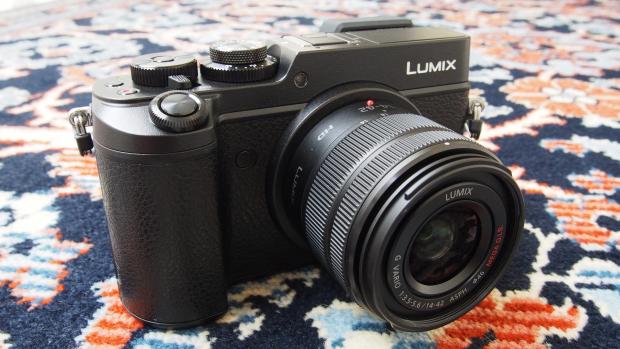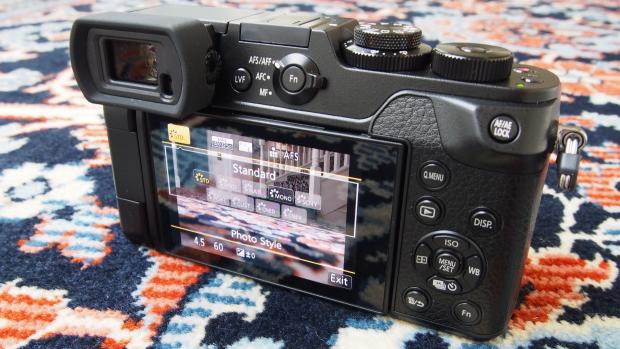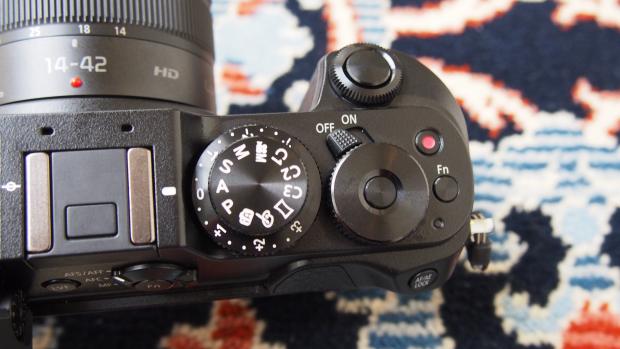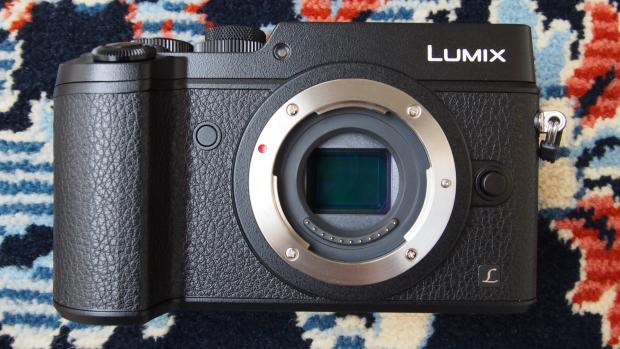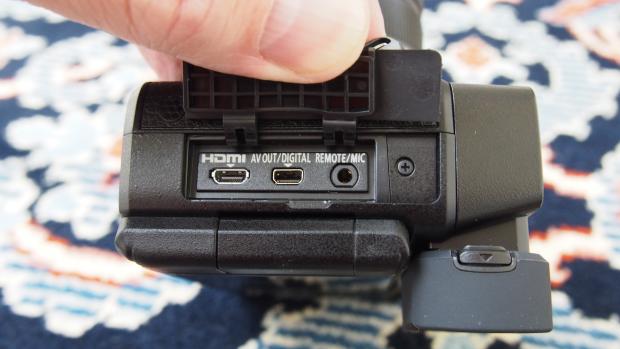Panasonic GX8 review
Panasonic’s Lumix G range of Micro Four Thirds-based CSCs is well established, garnering award after award from us over the years, it’s undeniably a mature camera system but Panasonic isn’t happy to sit on it laurels – as this new Panasonic Lumix GX8 proves. It has a new sensor, a new stabilisation system, a new EVF and lots more.
Last year’s Panasonic GX7, which confusingly came after the original GX1, was a great success; combining a compact body with an electronic viewfinder. Image and video quality was excellent, matching its premium pricing, today its sells for less than half that amount, making it a serious little camera at a bargain price.
^ As all that pink shows a lot has changed from the GX7
The GX8 doesn’t look like a direct replacement on first sight, it’s simply too big. In appearance and dimensions it’s more of a hybrid, sitting in between the slender rangefinder style GF7 and the more SLR-like G7. This is due to the larger than expected handgrip, a bigger EVF and a new display, all of which combine make it significantly larger than its predecessor.
It may be bigger but it’s far more capable too. The new EVF is close to a revelation, it’s huge with a 1.54x magnification and has a 4:3 ratio to match the images you get natively off the sensor. There’s a bigger eye cup to help keep out the light and it still tilts up to 90 degrees, so you can approach from almost any angle you prefer. The old EVF was good but this is even better.
The touchscreen flips out to the side, so you can position it as you please, just one design choice that makes the GX8 not only a more flexible camera but also an exciting prospect for video as well. It’s a touchscreen of course, so you get access to all the usual focus options and menu shortcuts. The combination of EVF and multi-angle display mean the GX8 has everything the bigger G7 touts.
There are dual control dials plus a mode dial, as is now standard on high-end CSCs. Panasonic has also added a dial for exposure compensation beneath the mode dial. This provides easy adjustments with your thumb while working through the EVF and expands the range of available controls you can reach without hassle.
The mag alloy body is splash and dust proof and feels built to take a few knocks. For those who care, the shutter makes pleasingly thumpy noise. Just about the only thing that isn’t built-in is a flash, and you won’t find a clip-on in the box either. Panasonic must think that you’ll either use a proper flashgun, there’s a hotshoe of course, or simply get by shooting unassisted in low light.
Sensor and stabilisation
The GX8 uses a brand-new 20.3 megapixel sensor and dual stabilisation system. We can’t say too much about the former yet, as our time with a pre-production version of the camera is currently limited to a damp and overcast photo tour of Brighton seafront, a far cry from laboratory conditions. The maximum sensitivity has been pushed up to ISO25600.
The dual stabilisation system is a first for a CSC, as the camera can use both the stabilisation built into many Panasonic MFT lenses as well as in-body stabilisation. In our limited testing we certainly didn’t get many blurred shots, so it looks hopeful, but we’ll need to test a lot more to be certain. You can of course fall back on just in-body stabilisation if you want to use non-stabilised Olympus-made lenses too. Panasonic is in the process of updating its lenses firmware to work with the new system, which should be complete by February next year.
4K modes
As with the G7, the GX8 has all the latest 4K-related features. You can shoot 4K video at 24p and 25p or Full HD video at 60fps (there’s a 2.5mm jack for an external mic), in addition there’s various 4K Photo modes. These essentially shoot 4K video and then let you pick stills from the results footage. The most interesting is the 4K Pre-burst that constantly buffers video to the camera, so you can press the shutter after the action and pick a frame from the proceeding few seconds. It can also shoot 8fps in standard burst mode.
Pricing
The GX8 will come in both all-black and black-and-silver designs, with numerous kit options. These start from a whopping £1,149 for the basic K kit with a 14-42mm lens. There’s a trade-in programme to get money off, but the RRP is up from the last model at launch, and when it launches in late August the GX8 will cost at least twice what its predecessor can be picked up for and around £500 more than its sibling G7.
The Panasonic GX8 is certainly a capable and flexible camera. Whether you’re shooting stills or video it’s got pretty much everything you can think of. At this price though, both video and stills will have to be flawless when we get it in for proper testing.


